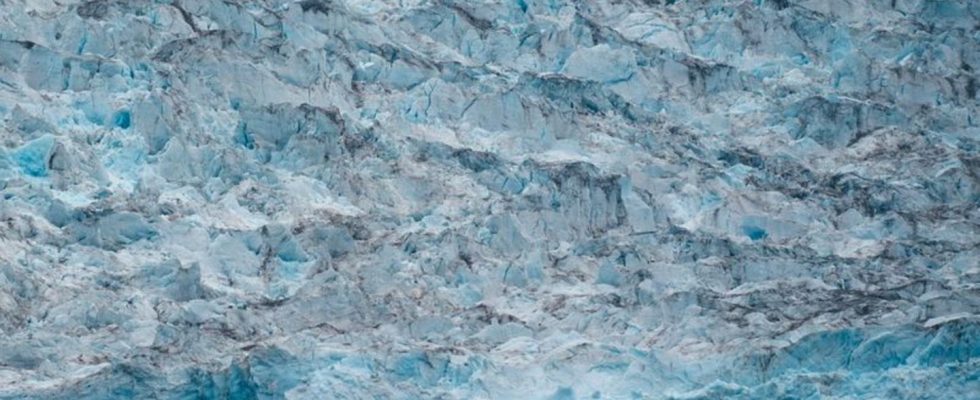Environment
Polar summit looks for ways to protect melting ecosystems
Eternal ice in Scoresby Sound? According to a study, Greenland’s glaciers are melting at an accelerated rate. photo
© Chris Szagola/AP/dpa
The planet’s ice regions are shrinking at an alarming rate. At a polar summit in Paris, scientists and politicians discuss how to protect melting ecosystems.
The meeting adopted a Paris call to protect the Arctic, Antarctic and glaciers.
The polar summit was part of a “One Planet” summit series launched by French President Emmanuel Macron at the UN climate conference in Bonn in 2017. Federal Environment Minister Steffi Lemke (Greens) took part in the summit for Germany. Environmentalists insist that concrete protective measures for the melting ecosystems be implemented – and warn of catastrophic consequences if this does not succeed.
Permafrost and greenhouse gases
The thawing of permafrost could lead to the release of greenhouse gases, and the disappearance of glaciers is an immense challenge that affects all of humanity, Macron said at the summit. The first global summit on polar regions and glaciers is an opportunity to improve scientific cooperation and protection of ecosystems as well as prepare for the consequences of ice melting, which has already begun, said Macron.
At the end of the conference, a “Paris Appeal for Glaciers and Poles” signed by 31 states – including Germany – called for increased protection of ice regions. Greenhouse gas emissions would need to be reduced more quickly and the highest sustainability standards applied to all activities that impact glaciers and sea ice. The signatory states also called for in-depth scientific research into the world’s ice regions.
“Our glaciers and poles are unique and extremely important ecosystems,” said Federal Environment Minister Lemke. “They are coming under increasing pressure: the climate crisis is causing polar ice caps and glaciers to melt, biodiversity is dwindling and pollution such as plastic waste is putting additional strain on ecosystems.” Since poles and glaciers play a fundamental role in the global climate system and in the preservation of biodiversity, the development has global consequences. What is needed is strong environmental protection in the polar regions and a network of protected areas.
The urgency of the situation can be seen in Antarctica, among other places. In September it was announced that the extent of sea ice around the continent had reached a new low, significantly lower than in previous Antarctic winters. Experts also attribute the deaths of thousands of emperor penguin chicks to the loss of sea ice. According to a study by the British Antarctic Survey, satellite images showed that the ice areas used as breeding grounds by the penguins had completely disappeared before the chicks had developed their waterproof feathers.
Greenland’s glaciers are melting at an accelerated rate
According to a study, Greenland’s glaciers are also melting at an increased rate. The speed has increased fivefold in some places over the past 20 years, according to a study by researchers at the University of Copenhagen in the journal “Nature Climate Change”. Before the turn of the millennium, the glacier ice in southwest Greenland was retreating by around five meters per year; currently it is 25 meters. That is a dramatic increase.
The environmental organization WWF warned that the loss of ice and snow at current temperatures was alarming and exceeded previous forecasts. In order to prevent catastrophic consequences such as a sharp rise in sea levels, the depletion of water resources in the mountains, the loss of biodiversity in the polar regions and the irreversible release of greenhouse gases, global warming must not exceed 1.5 degrees by the year 2100. Emissions reductions, the protection of ecosystems and the expansion of scientific research are necessary to support climate-resilient sustainable development in the Arctic and Antarctic.
In a joint statement, several environmental associations called on political leaders at the Paris Polar Summit to take decisive action. The “Paris Appeal for Glaciers and Poles” must be followed by concrete actions, the implementation of which must also be checked. Among other things, it is about reducing greenhouse gas emissions. Marine protected areas would have to be established in the polar regions and stricter rules for shipping and tourism would have to be established. In addition, scientific recommendations must be incorporated into political action.

